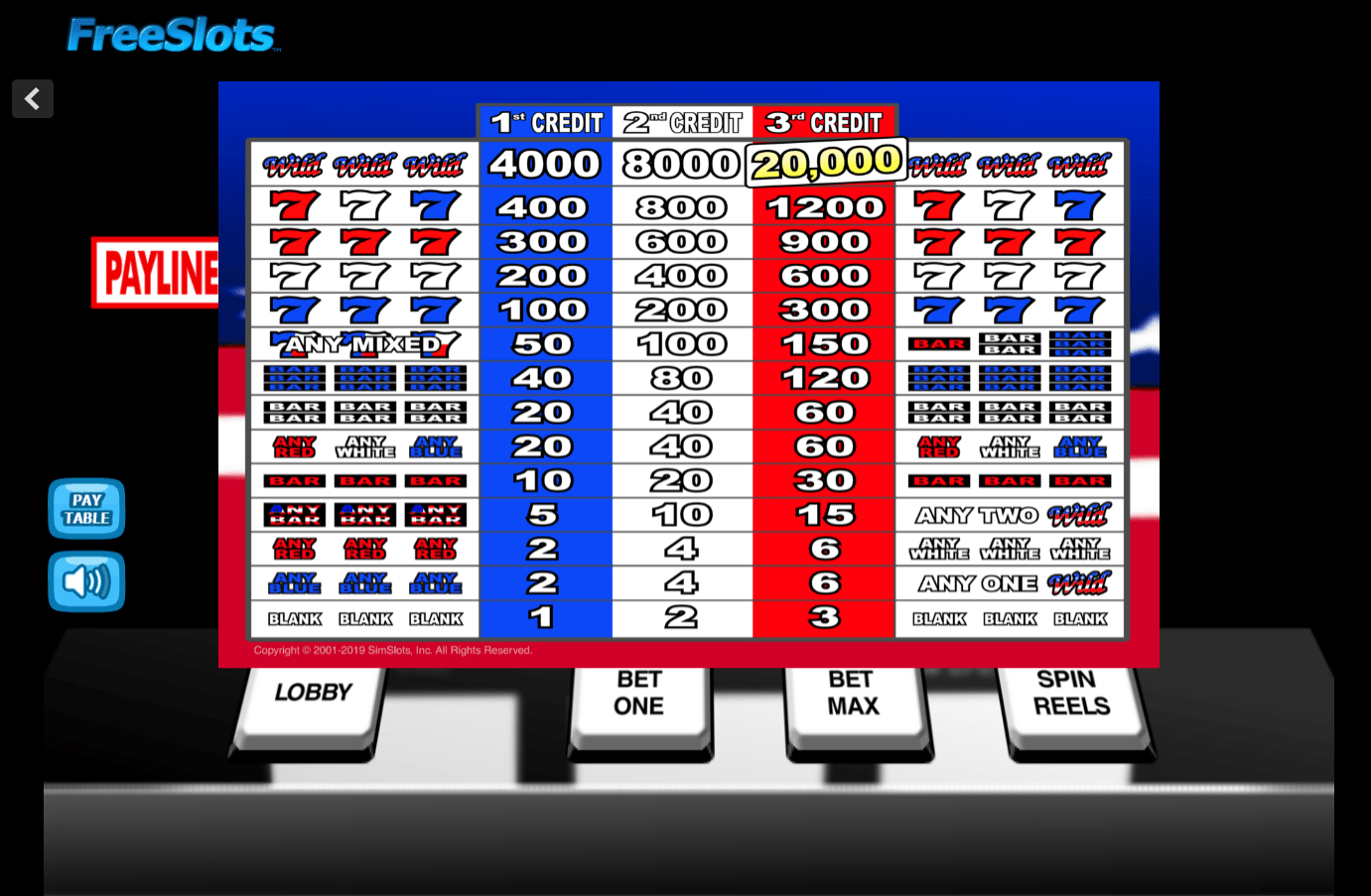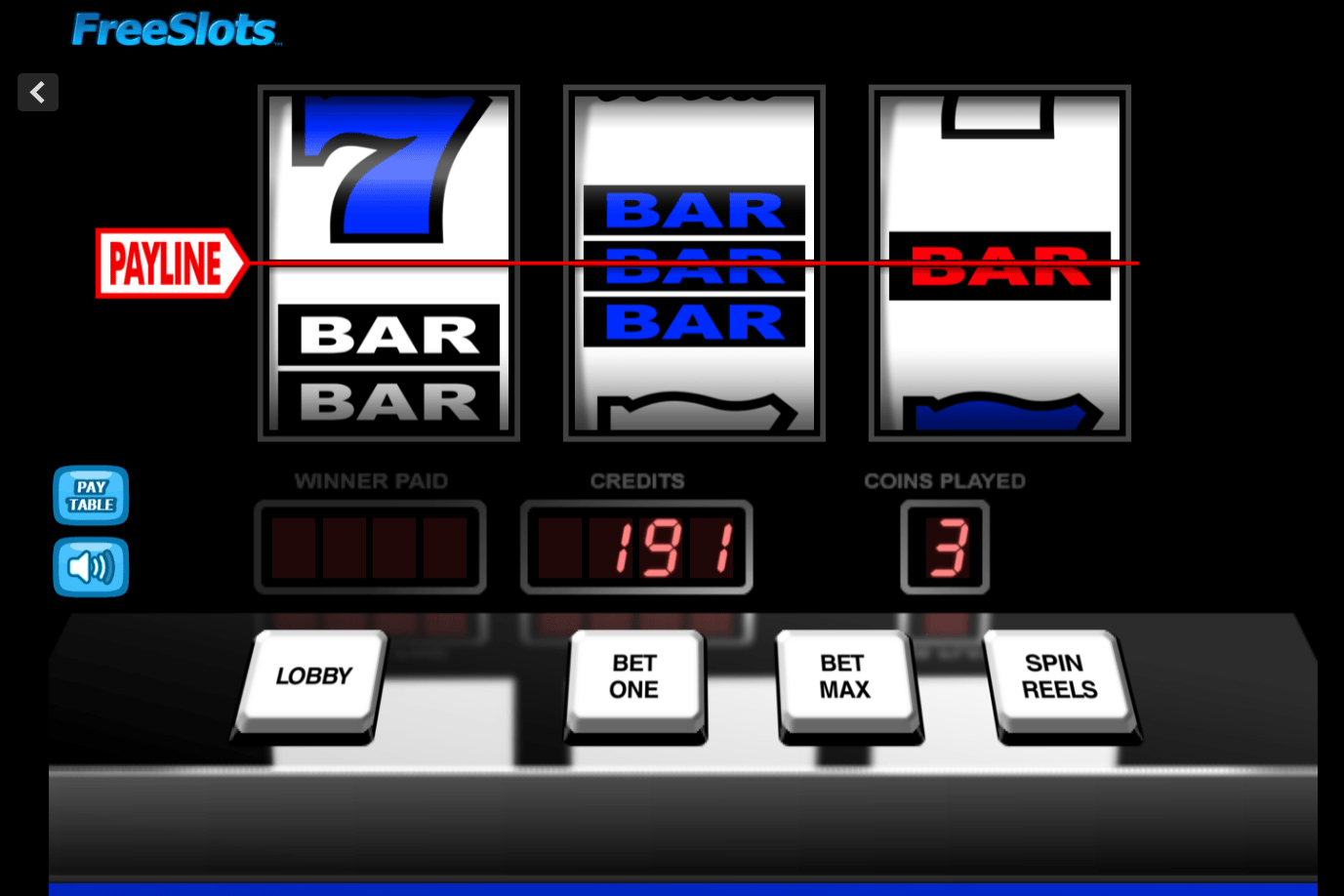Introduction
FreeSlots, a variety of different online slot machine games developed by SimSlots, Inc., offers a seemingly harmless way to pass the time with the allure of potentially hitting a big jackpot. Available across browser platforms, this game captivates players with vibrant graphics, engaging sound effects, and the thrill of chance. However, beneath its entertaining surface lies a deeper risk: the potential for addiction. The audience for FreeSlots consists of casual gamers and gambling enthusiasts alike, who are most likely of an older demographic (18+). Its accessibility on both desktop and mobile platforms makes it easy for users to play anytime, anywhere, with little barrier of entry. FreeSlots puts people at risk for addiction through its use of random number generation and stimuli, to delude players into turning off their calculative rationality. Additionally, compared to other games of chance like poker, FreeSlots relies solely on luck without any skill component, making it more addictive. The game’s engagement with aspects of probability and randomness, such as near-misses and frequent small wins, further intensifies its addictive potential by constantly triggering the brain’s reward system.
How Might This Game Put People at Risk for Addiction?
FreeSlots, like many slot machine games, utilizes a random number generator (RNG) to determine outcomes. This randomness is central to the game’s appeal but also to its potential for fostering addiction. As explained in the reading, “Addiction by Design” by Natasha D. Schull, slot machines are effective at making gamblers and players want to continually play, despite their awareness of the slim chances of winning, because of what Schull describes as “delusion” (24-25). This delusion works by making players turn off their calculative rationality; they are convinced they can win due to the stimuli from the slot machine, the sense of thrill and risk, and the balance of chances (24-25). FreeSlots, which mimics real life slot machines, does all of these things, despite no real money being at risk. For example, in the picture, you can see the vibrant colors of the game, the various options of credit inputs that lead to victory, pushing this sense of thrill, and how these options allow for a balance of chance, giving players small and frequent wins. Overall, all together, these design choices allow for this delusion to occur, making slot machines highly addictive. On an online platform, this is also made even more addictive– because its faster-paced, with a single click of a button to spin.

vibrancy, 1-3 credit options, and balance of winnings
How Does It Compare to Other Games that Use Chance or Probability?
Compared to other games of chance, such as poker, FreeSlots lacks a skill component. In poker, players can influence the outcome through strategy and skill, although luck still plays a significant role. This mix of skill and chance can lead players to attribute wins to their abilities and losses to bad luck, potentially fostering a different type of addiction based on skill mastery. FreeSlots, however, relies solely on chance, making it more akin to other forms of pure gambling like roulette. Unlike poker, where players engage in strategic thinking and psychological play against opponents, FreeSlots offers no such depth, leading to a more passive but compulsive engagement with the game.
How Does This Game Engage with Aspects of Probability, and How Is Randomness Feeding into Addiction?
FreeSlots engages with aspects of probability and randomness through several key mechanics:
- Near-Misses: The game frequently displays near-miss scenarios, where the reels almost align for a big win. These near-misses can be more motivating than actual wins, as they create the illusion that a jackpot is just out of reach, encouraging continued play.
- Small, Frequent Wins: The game often rewards players with small wins, keeping them engaged and encouraging continued play. These frequent small rewards create a positive feedback loop, reinforcing the behavior.
- Visual and Auditory Stimuli: The bright lights, flashing graphics, and celebratory sounds that accompany wins, even minor ones, trigger the brain’s reward system, similar to how it responds to other addictive substances.
These elements of randomness and probability are designed to keep players hooked. The unpredictability of the game, combined with the psychological impact of near-misses and small rewards, makes it difficult for players to stop playing. This constant engagement can lead to the development of addictive behaviors, as players chase the elusive big win that always seems within reach.
MDA Framework and Formal Elements Using the Mechanics-Dynamics-Aesthetics (MDA) framework, we can analyze FreeSlots as follows:
- Mechanics: The RNG, pay lines, and bet adjustments form the core mechanics, emphasizing chance and player control over bet amounts.
- Dynamics: The dynamic interaction between player actions (spinning the reels) and game outcomes (wins/losses) creates an unpredictable and engaging experience, allowing for delusion and risk-taking.
- Aesthetics: Players mostly experience sensation and submission due to the nature of slot machines.
Conclusion
FreeSlots exemplifies how games of chance can engage players through clever use of randomness and probability, often leading to addictive behaviors. By understanding these mechanisms, players can make more informed choices, and developers can create more responsible gaming environments. As with any game of chance, moderation and awareness are key to enjoying the experience without falling into the trap of addiction.



